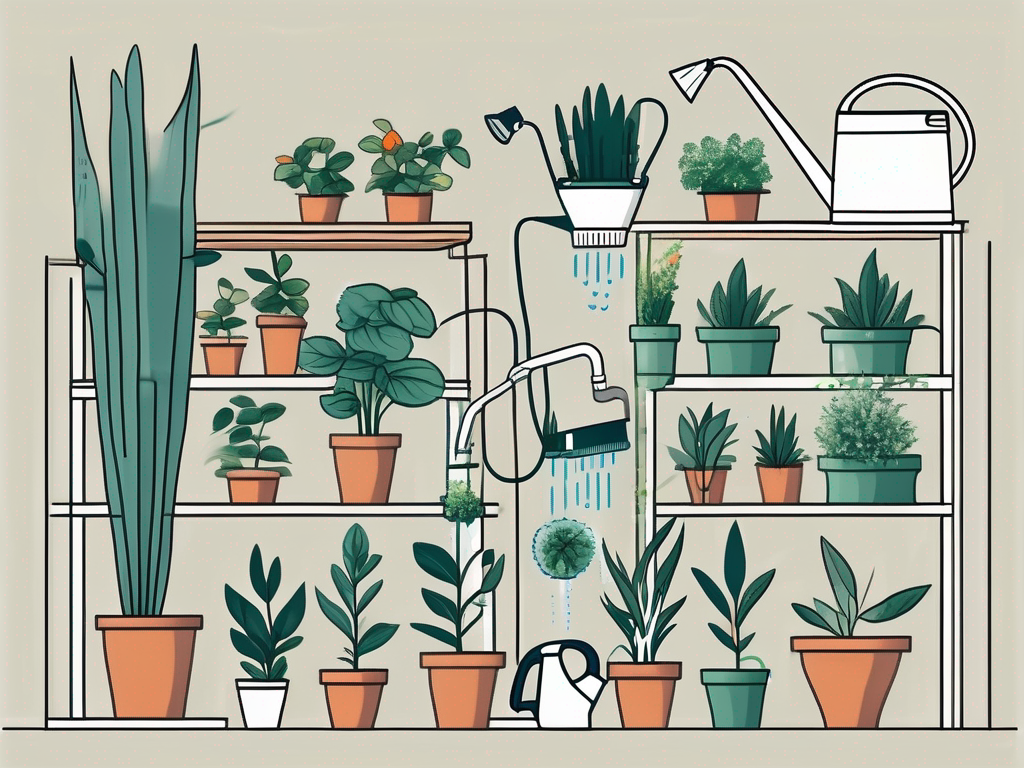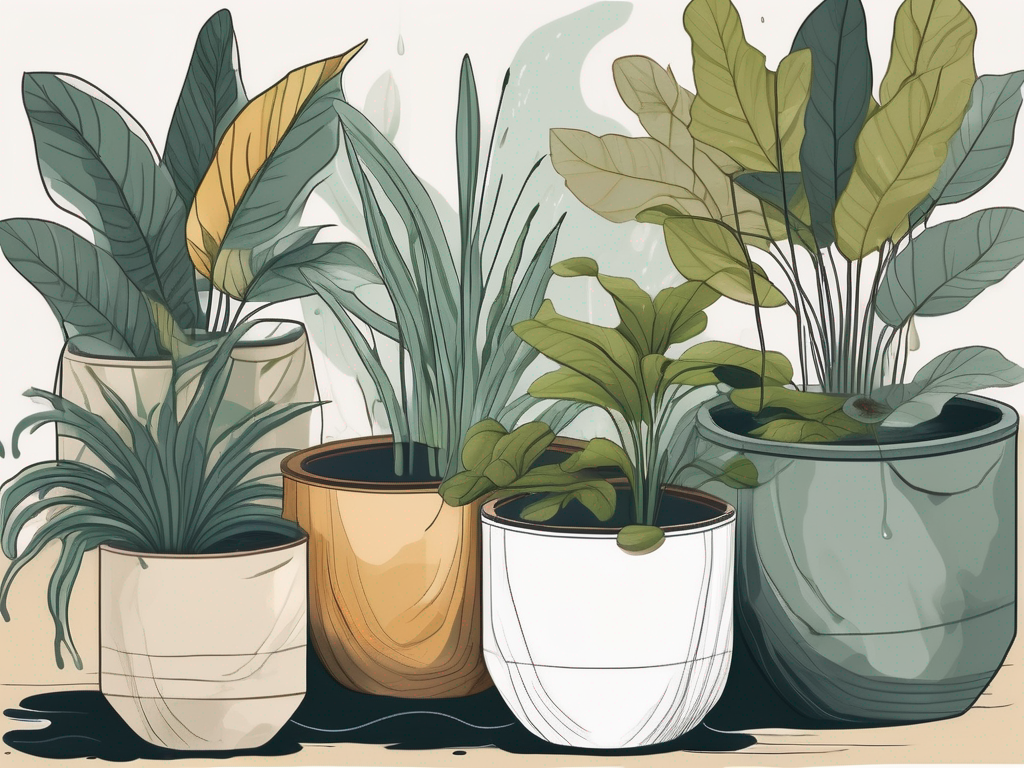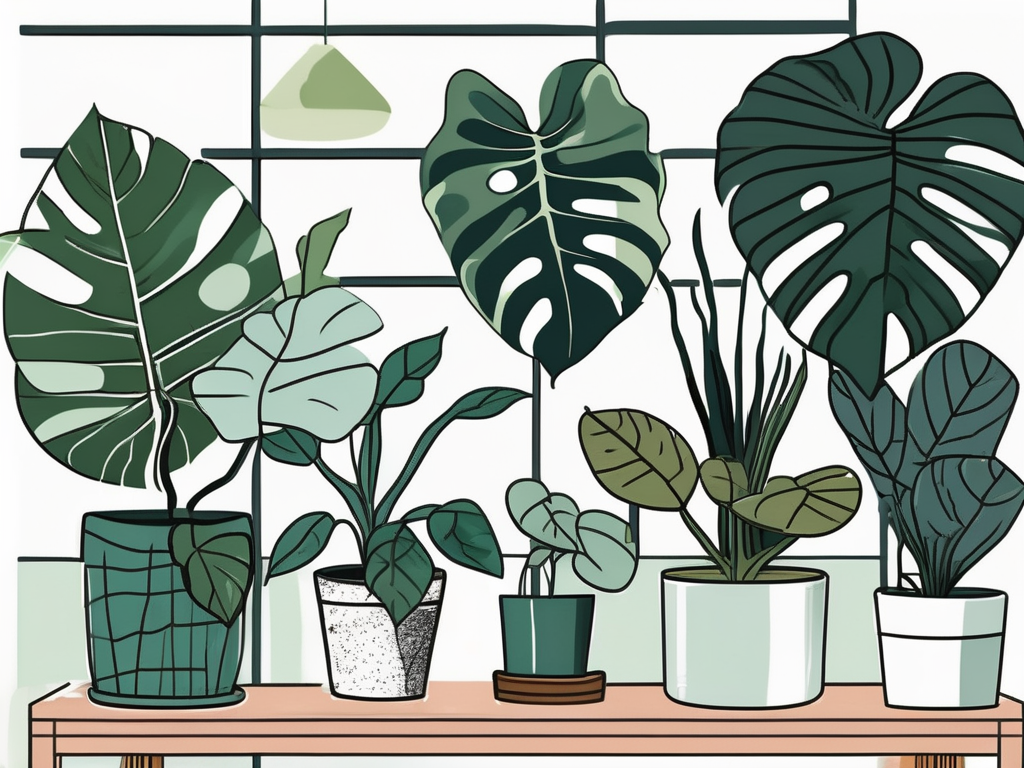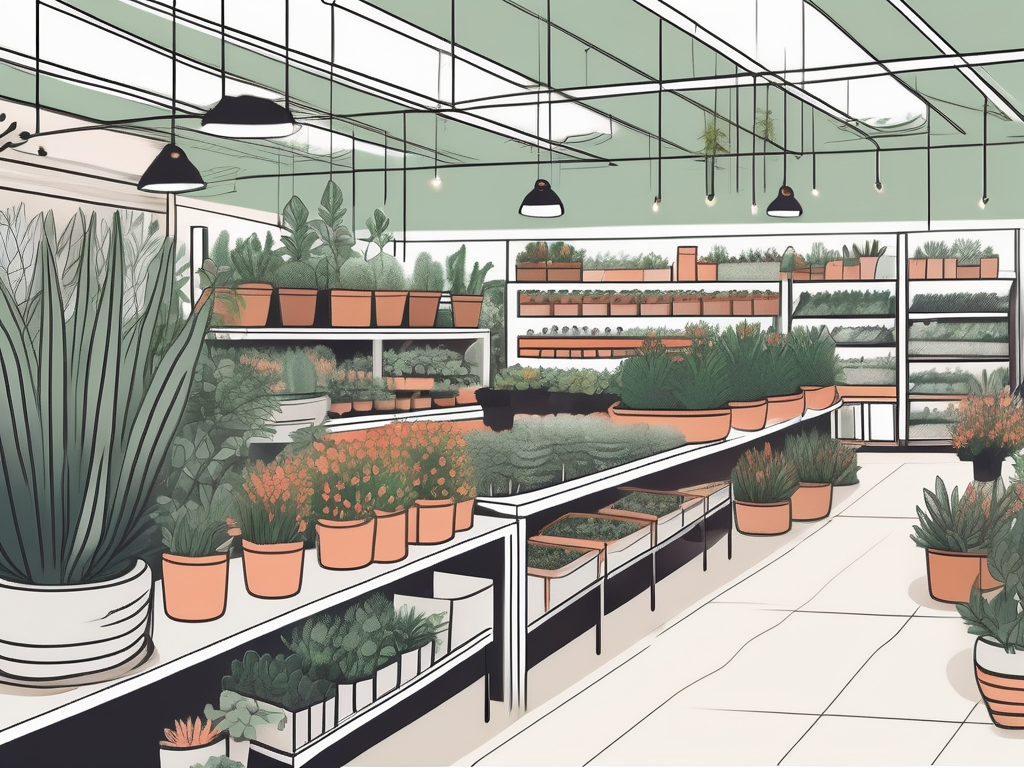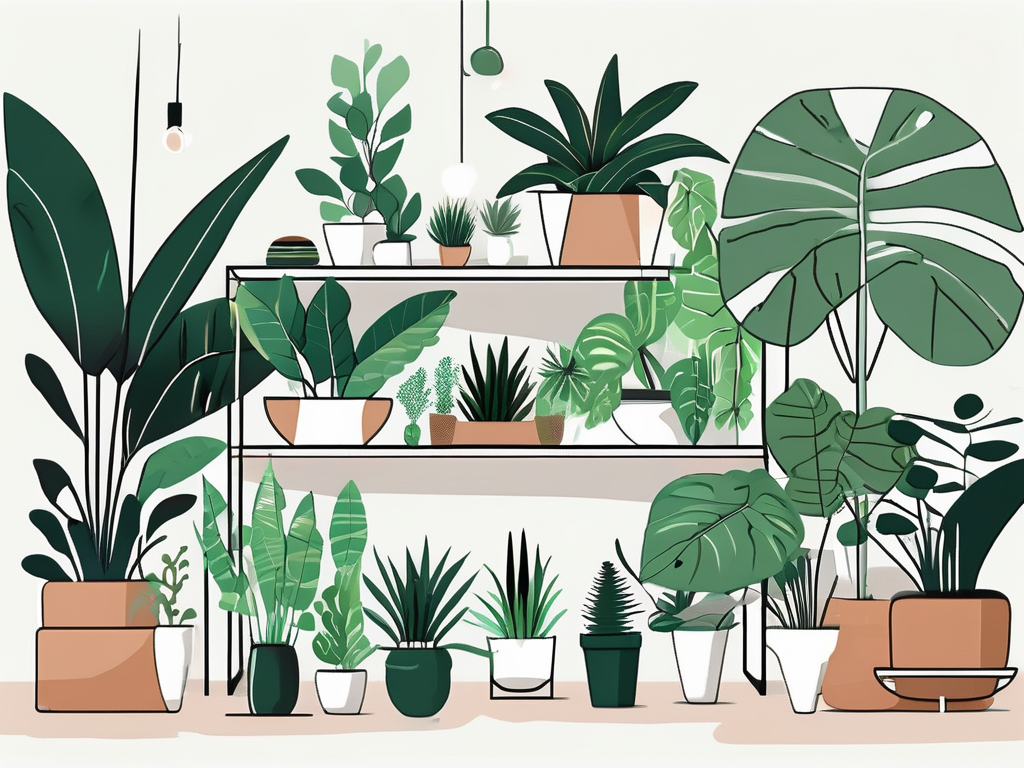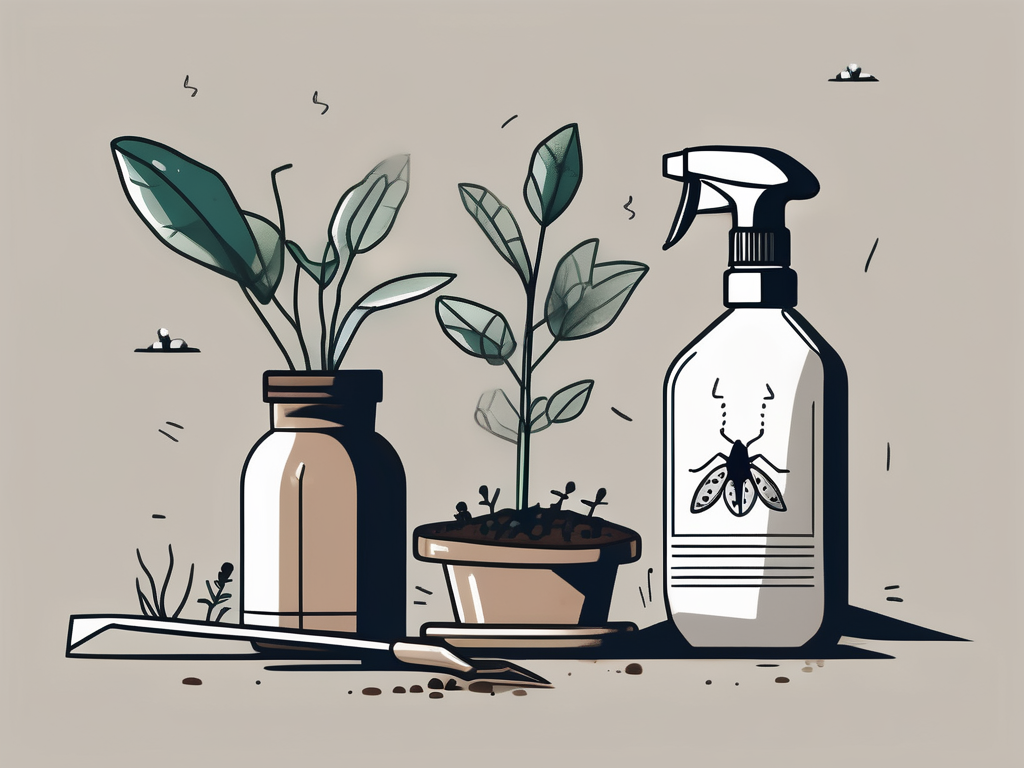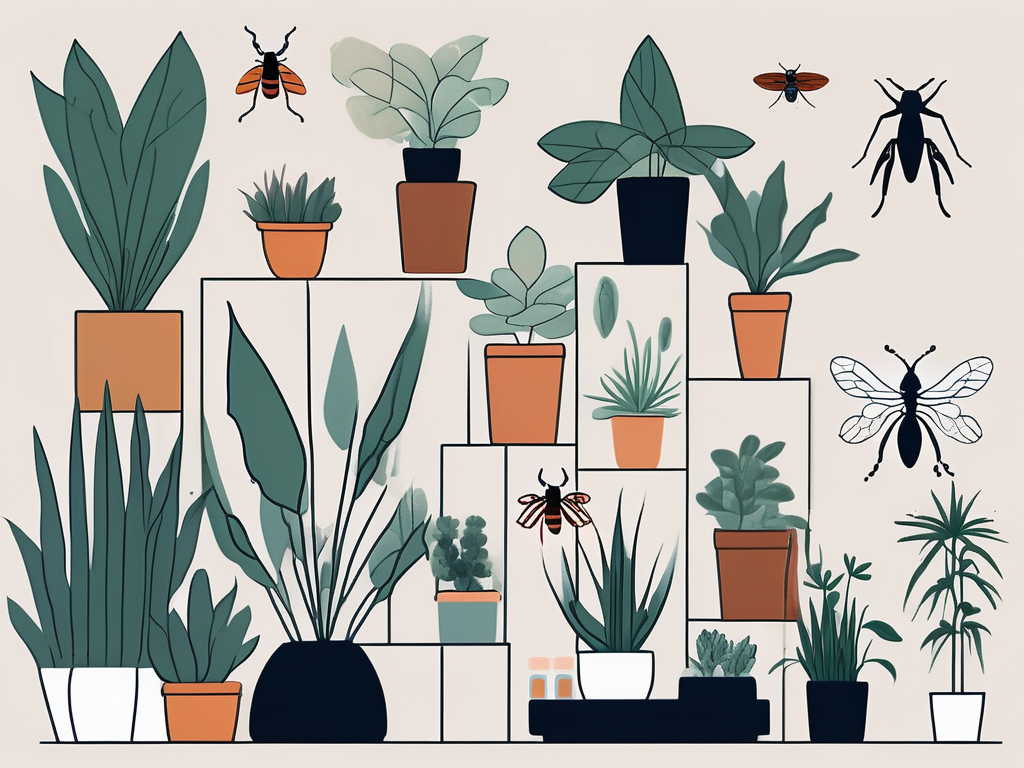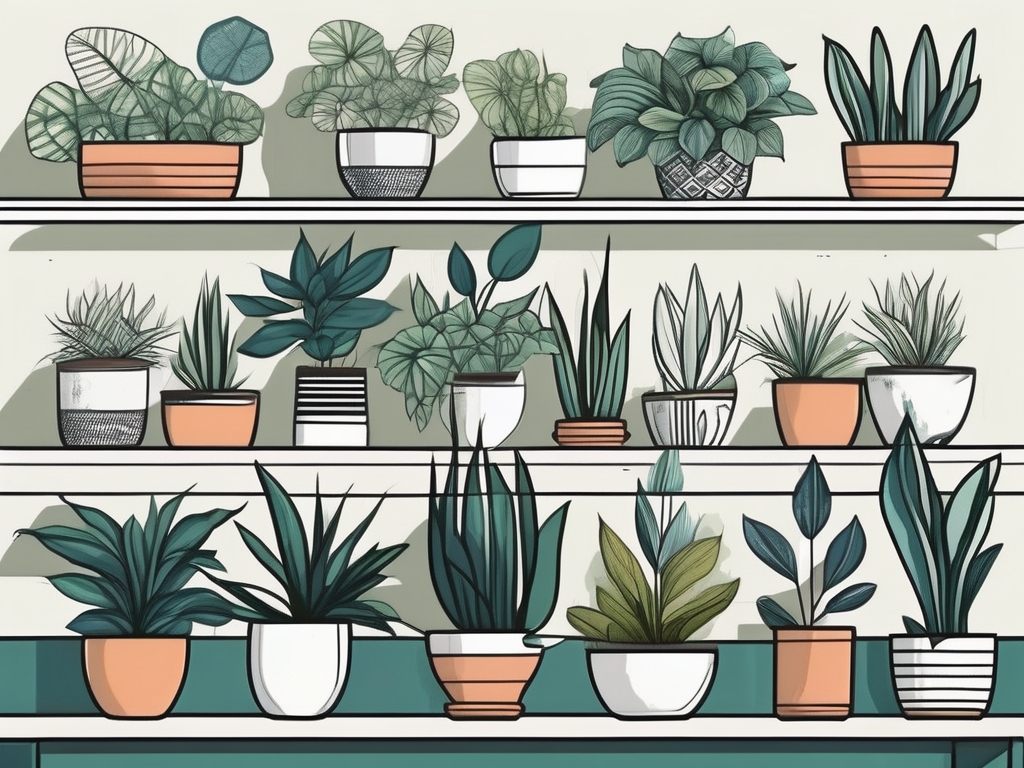
Ever found yourself in a plant shop, staring at those little tags trying to decipher the fancy Latin names? You're not alone. Houseplant names can be as puzzling as they are enchanting. But don't worry, we're here to demystify them, making your plant shopping and care experience a lot more enjoyable.
In this article, we'll walk through some of the most common houseplant names, how to understand them, and why they matter. We'll also touch on tips for plant care, so by the end, you'll not only know the names but also how to keep your leafy friends thriving. Let's get started!
Understanding the Basics of Plant Names
Plant names might seem like a jumble of letters, but there's a method to the madness. Generally, every plant has a scientific name (or Latin name) and a common name. The scientific name is universally recognized, ensuring that no matter where you are in the world, you're talking about the same plant. This name usually includes the genus and species, like Ficus elastica.
Common names, on the other hand, are what most people use in everyday conversation. These can vary widely depending on the region. A Ficus elastica, for example, is often known as the Rubber Plant. Understanding these names can help you communicate better whether you're buying, selling, or just chatting about plants.
Why does this matter? Imagine you're trying to buy a specific plant online or discuss care tips with a friend overseas. Using the scientific name cuts through any potential mix-up. It's like a universal language for plant lovers.
Popular Houseplants and Their Names
So, what are some of the popular houseplants and their names? Knowing these can be a great starting point, especially if you're new to the plant game.
- Monstera deliciosa: Known as the Swiss Cheese Plant due to its holey leaves, this plant is a favorite for its dramatic foliage.
- Sansevieria trifasciata: Commonly called the Snake Plant, it's loved for its hardy nature and air-purifying qualities.
- Epipremnum aureum: This is the scientific name for the popular Golden Pothos, a vining plant that's incredibly easy to care for.
- Spathiphyllum spp.: Known as Peace Lilies, these plants are great for beginners and even tell you when they need water by drooping.
- Ficus lyrata: The Fiddle Leaf Fig, which has become somewhat of a celebrity in the plant world due to its striking appearance.
Each of these plants has its unique charm and care needs, which we'll get into next. But for now, knowing their names is the first step in becoming a confident plant parent.
Reading and Pronouncing Plant Names
Reading and pronouncing plant names can feel intimidating at first. The Latin can seem like a tongue twister, but with a little practice, you'll get the hang of it. The key is breaking down the words into smaller parts. For example, Monstera deliciosa can be broken down to "Mon-ste-ra de-li-ci-o-sa." Say it slowly and emphasize each syllable.
Another tip is to listen to others who are more experienced. There are plenty of YouTube videos and podcasts where experts discuss plants, and hearing the names spoken aloud can be incredibly helpful.
Interestingly enough, many plant names have meanings that hint at their characteristics. "Monstera" comes from the Latin word for "monstrous" or "abnormal," referring to the plant's unique, hole-filled leaves. Knowing these little tidbits can make remembering and pronouncing the names a bit easier.
Tips for Houseplant Care
Now that we've got the names down let's talk about something equally important: care. Understanding a plant's needs is crucial for keeping it healthy and happy. Here are some basic care tips that apply to most houseplants:
- Watering: Over-watering is a common mistake. Most plants prefer to dry out a bit between waterings. Stick your finger into the soil about an inch deep; if it feels dry, it's time to water.
- Light: The amount of light a plant needs can vary. Some, like succulents, crave bright light, while others, such as ferns, prefer indirect light. Observe your plant and adjust its placement accordingly.
- Soil: Good drainage is key. Use a mix suited to your plant type. For example, cacti and succulents do well in sandy, well-draining soil.
- Humidity: Many houseplants are tropical, meaning they enjoy higher humidity. Misting, using a humidity tray, or placing them in bathrooms can help.
- Fertilizing: Feed your plants during the growing season (spring and summer) with a balanced fertilizer, but ease off in fall and winter.
Understanding your plant's specific needs will help you keep them thriving. Remember, every plant is different, so take time to observe and adjust your care routine as needed.
Potting and Repotting Basics
Potting and repotting are vital aspects of plant care that can influence how well your plant grows. First, let's talk about pots. When choosing a pot, look for one with drainage holes to prevent water from sitting at the bottom, which can lead to root rot.
When it comes to repotting, it's usually time when you notice roots growing out of the drainage holes or the plant seems to stop growing. Choose a pot that's one size larger than the current one. Carefully remove the plant from its old pot, gently loosen the roots, and place it into the new pot with fresh soil.
Repotting can be stressful for plants, so it's best done during the growing season. After repotting, give your plant a little extra love—maybe a spot with perfect light or a tiny bit of fertilizer to help it settle in.
Dealing with Pests and Fungal Issues
Even the most diligent plant parent will face pests or fungal issues at some point. Common pests include spider mites, aphids, and mealybugs. You can often spot them by the damage they cause, like webbing or sticky residue on the leaves.
To tackle pests, you can start with a gentle spray of water to dislodge them. If that doesn't work, try insecticidal soap or neem oil, which are effective and safe for most plants. Always test a small area first to ensure the plant doesn't have an adverse reaction.
Fungal issues often manifest as spots on leaves or a white powdery substance. Good airflow and not letting water sit on the leaves are your best defense. If you do encounter a fungal issue, removing affected leaves and using a fungicide can help.
Remember, prevention is the best cure. Regularly check your plants for signs of trouble, and you'll catch most issues before they become serious.
Creating a Harmonious Plant-Filled Space
Plants aren't just about care—they're about creating a beautiful, inviting home. When arranging plants, consider the light, size, and aesthetic you're going for. Grouping plants with similar care needs together can make maintenance easier.
Think about varying heights and textures to add interest. Tall plants like Fiddle Leaf Figs can act as a natural focal point, while trailing plants like Pothos add softness. Don't be afraid to experiment with different arrangements to find what feels right for your space.
Finally, include personal touches like decorative pots or plant stands. These details can tie your plant collection to the overall design of your home, making it feel cohesive and intentional.
Benefits of Knowing Your Plant Names
Understanding plant names isn't just about sounding knowledgeable—though that's a nice bonus. It actually has practical benefits. Knowing the correct name helps you research care tips specific to your plant. You'll know exactly what to Google when you have questions or concerns.
It also aids in communication. Whether you're discussing plants with friends, seeking advice, or buying new ones, using the correct names ensures clarity. There's a certain satisfaction in being able to confidently talk about your plants with others.
Plus, it's just plain fun! As you become familiar with names, you'll start to see patterns and connections between different plants, making your journey as a plant parent all the more rewarding.
Final Thoughts
Learning plant names and care tips can transform your indoor garden from a collection of random greenery to a thriving ecosystem you understand and love. We've covered the basics of plant names, care tips, and how to create a harmonious space that reflects your personality.
At Cafe Planta, we're passionate about helping you on this journey. From a wide variety of houseplants to plant care accessories and even plant-themed apparel, we're here to support you. If you have questions, feel free to email us or drop us a DM on Instagram. Let's grow together!

